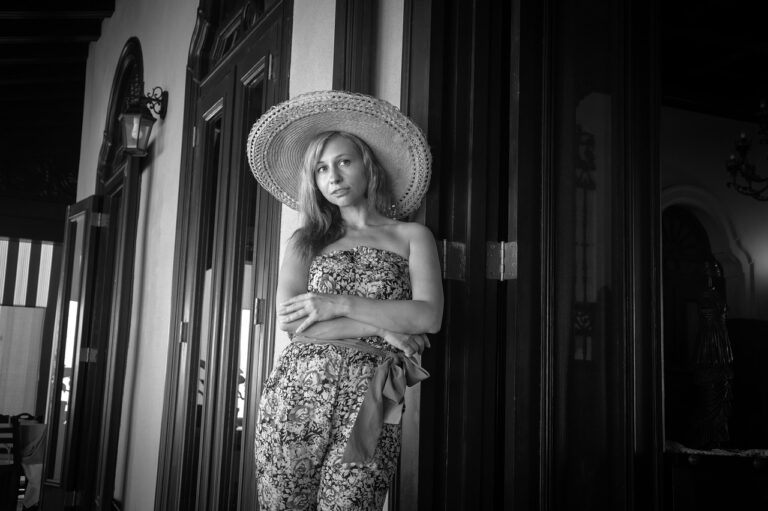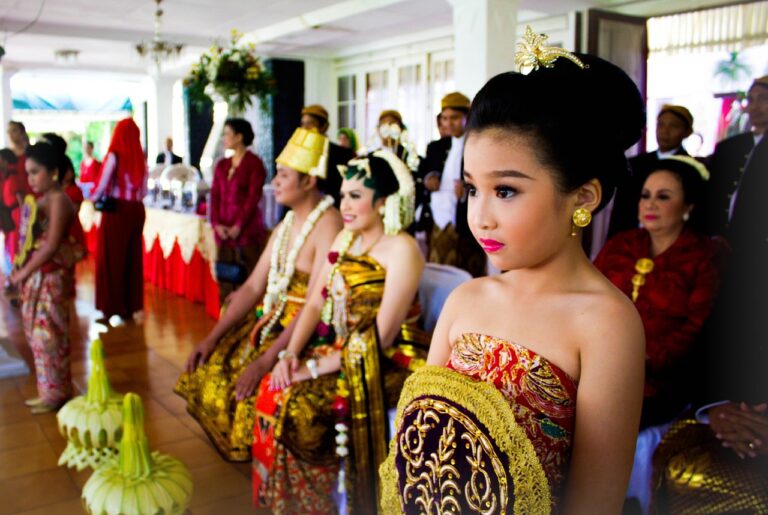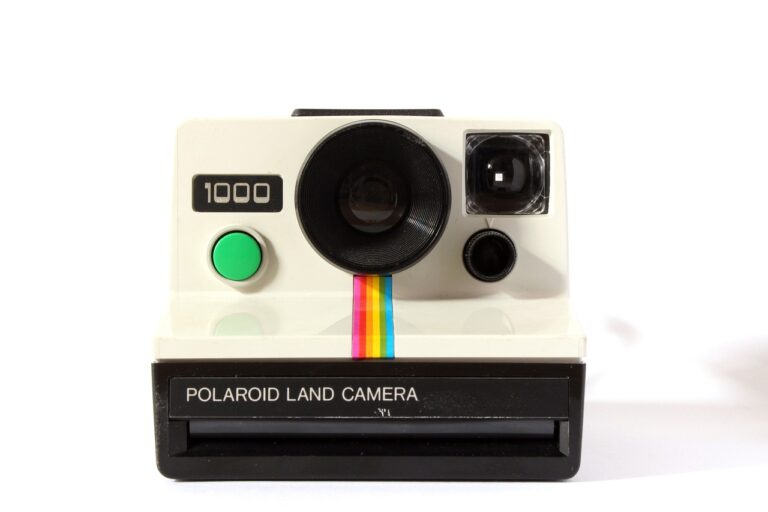The Legacy of Haute Couture: History, Evolution, and Modern Interpretations
Haute Couture, a term often synonymous with high-end fashion, traces its origins back to the mid-19th century in Paris, France. It emerged as a response to the rise of ready-to-wear clothing, offering bespoke creations tailored to the specific measurements and preferences of individual clients. This marked a shift towards customization and exclusivity in the fashion industry.
The founding of the Chambre Syndicale de la Haute Couture in 1868 by the designer Charles Frederick Worth formalized the standards and criteria for haute couture houses. Worth, often considered the first couturier, elevated the status of designers and positioned them as artists in their own right. This establishment of rules and regulations set a benchmark for haute couture, emphasizing craftsmanship, quality, and luxury in each piece created.
The Influence of European Designers
European designers have played a pivotal role in shaping the landscape of haute couture. From the intricately detailed creations of Christian Dior to the avant-garde designs of Alexander McQueen, the continent has seen a plethora of creative minds pushing the boundaries of fashion.
France, in particular, has been a breeding ground for iconic designers such as Coco Chanel and Yves Saint Laurent, each leaving an indelible mark on the industry. Their innovative visions have not only transformed the way we perceive fashion but have also set the standard for craftsmanship and artistry within the realm of high fashion.
The Golden Age of Haute Couture
The Golden Age of Haute Couture marked a pinnacle in the history of high fashion. During this era, which spanned from the 1940s to the 1960s, designers such as Christian Dior, Coco Chanel, and Cristobal Balenciaga redefined the way we perceive luxury and elegance in clothing. Couture houses in Paris flourished, showcasing exquisite craftsmanship and innovative design techniques.
These designers introduced iconic silhouettes and styles that continue to influence the fashion industry to this day. The Golden Age of Haute Couture was characterized by opulent fabrics, intricate beadwork, and meticulous attention to detail. Each garment was tailored to perfection, embodying the epitome of sophistication and glamour. This era remains a cherished chapter in the history of fashion, symbolizing the marriage of artistry and fashion in its most exquisite form.
• The Golden Age of Haute Couture spanned from the 1940s to the 1960s
• Designers such as Christian Dior, Coco Chanel, and Cristobal Balenciaga redefined luxury and elegance in clothing
• Couture houses in Paris flourished during this era, showcasing exquisite craftsmanship and innovative design techniques
These iconic designers introduced silhouettes and styles that continue to influence the fashion industry today. The opulent fabrics, intricate beadwork, and meticulous attention to detail were hallmarks of this golden age. Each garment was tailored to perfection, representing sophistication and glamour at its finest. The marriage of artistry and fashion reached its peak during this time period, leaving a lasting impact on the world of haute couture.
What is Haute Couture?
Haute Couture refers to high-end fashion design that is custom-made for individual clients, often using luxurious fabrics and intricate craftsmanship.
When did Haute Couture originate?
Haute Couture originated in the mid-19th century in Paris, France, with the creation of the House of Worth by designer Charles Frederick Worth.
Who were some influential European designers in the history of Haute Couture?
Some influential European designers in the history of Haute Couture include Christian Dior, Coco Chanel, Yves Saint Laurent, and Cristóbal Balenciaga.
What defined the Golden Age of Haute Couture?
The Golden Age of Haute Couture is often considered to be the mid-20th century, particularly the post-World War II era, when designers like Dior and Balenciaga revolutionized fashion with their innovative designs.







